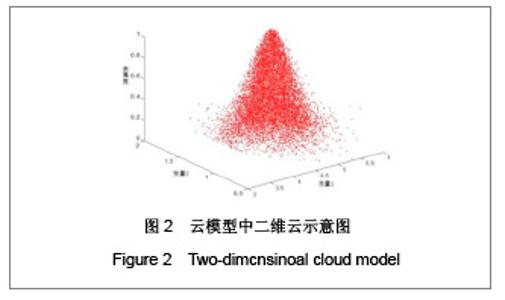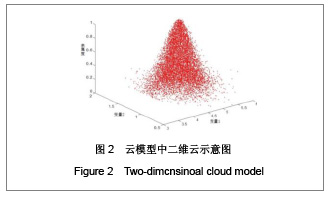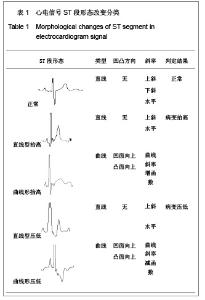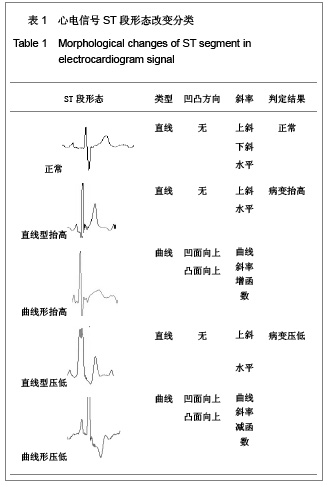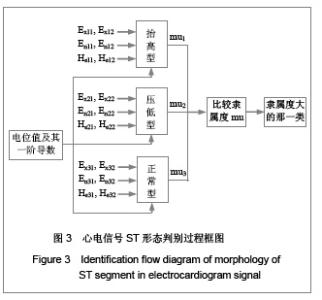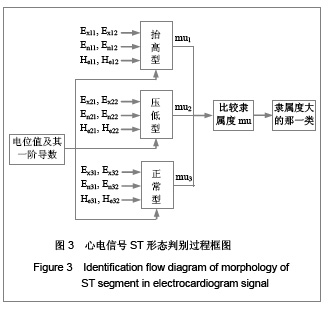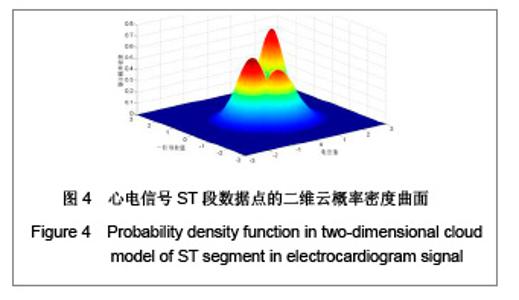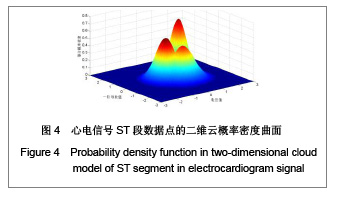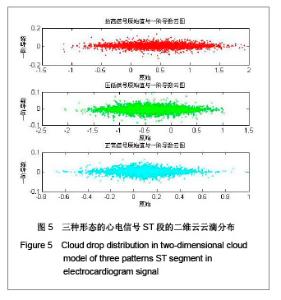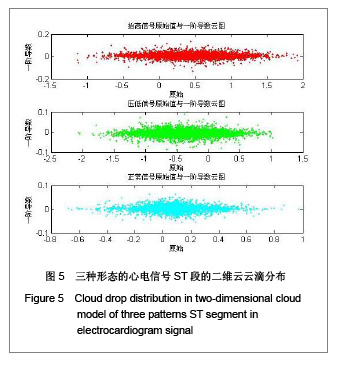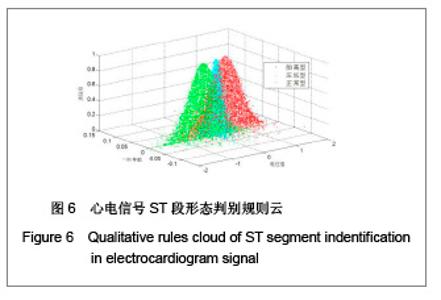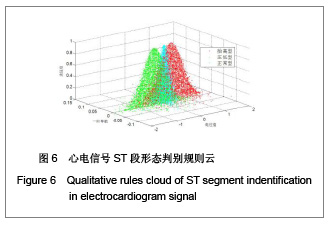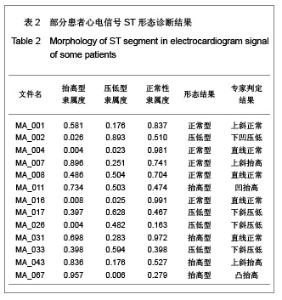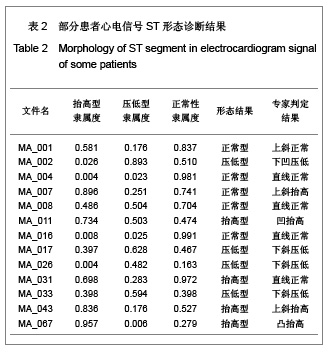| [1] Liu X. Linchuang Xindianxue Zazhi. 2005;14(03):159-160. 刘霞.ST段改变的形态学分型[J].临床心电学杂志, 2005;14(03): 159-160.[2] Wang ZH, Li XZ, Zheng GZ. Neimenggu Yixue Zazhi. 2001; 33(06):541-542. 王珍虎,李香枝,郑桂珍.心电图ST段改变对判断急性心肌梗死近期预后价值的探讨[J].内蒙古医学杂志,2001,33(06):541-542.[3] Xiao DP, Xu Z, Yang H, et al. Chongqingshi Dianji Gongcheng Xuehui. 2004. 肖冬萍,徐征,杨浩,等.心电图ST段检测与分析方法研究[C].重庆市电机工程学会,2004.[4] Weisner SJ, Tompkins WJ. A compact, microprocessor-based ECG St-segment monitor for the operating room. IEEE Trans. Biomed Eng. 1982;29:642-649.[5] Uthamalingam S, Zheng H, Leavitt M, et al. Exercise-induced ST-segment elevation in ECG lead aVR is a useful indicator of significant left main or ostial LAD coronary artery stenosis. JACC Cardiovasc Imaging. 2011;4(2):176-186.[6] Yang J, Wang HS, Yu MS. Beijing Shengwu Yixue Gongcheng. 2002;21(2):106-108. 杨军,王宏山,俞梦孙.心电图ST段的神经网络测量方法[J]. 北京生物医学工程,2002,21(2):106-108.[7] Fan XD, Zhu ZH, Yang SH. Shengwu Yixue Gongcheng Zazhi. 1997;14(1):51-53. 范晓东,朱泽煌,杨世豪. 动态心电图ST-T段参数测量方法[J]. 生物医学工程杂志,1997,14(1):51-53.[8] Chahine RA, Lowery MH, Bauerlein EJ. Interpretation of the exercise-induced ST-segment elevation. Am J Cardiol. 1993; 72(1):100-102.[9] Mao L, Zhang GM, Sun JX. Xinhao Chuli. 2009;25(09): 1360-1365. 毛玲,张国敏,孙即祥.心电图ST段形态分析方法研究[J].信号处理,2009,25(09):1360-1365.[10] Yang CH, Li DY. Jisuanji Xuebao. 1998;21(11):961-969. 杨朝晖,李德毅.二维云模型及其在预测中的应用[J].计算机学报,1998,21(11):961-969.[11] Miranda-Cid A, Alvarado-Serrano C. An ECG ambulatory system with mobile embedded architecture for ST-segment analysis. Conf Proc IEEE Eng Med Biol Soc. 2010;2010:78-81.[12] Cao XW, Deng QK. Shengwu Yixue Gongchengxue Zazhi. 2001;18(3):373-377. 曹细武,邓亲恺.基于KL变换自动监测心电图ST-T段趋势的方法研究[J].生物医学工程学杂志,2001,18(3):373-377.[13] Li DY, Du Y. Beijing:National Defence Industrial Press. 2005; 15(11):137-138. 李德毅,杜鹢.不确定性人工智能[J].国防工业出版社, 2005, 15(11): 137-138. |
